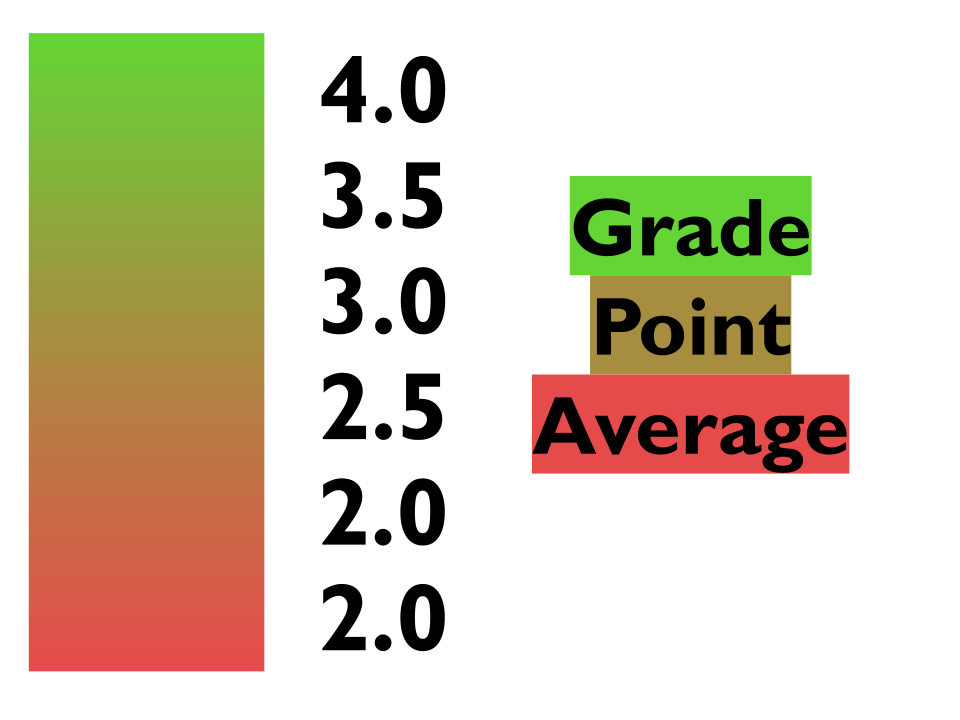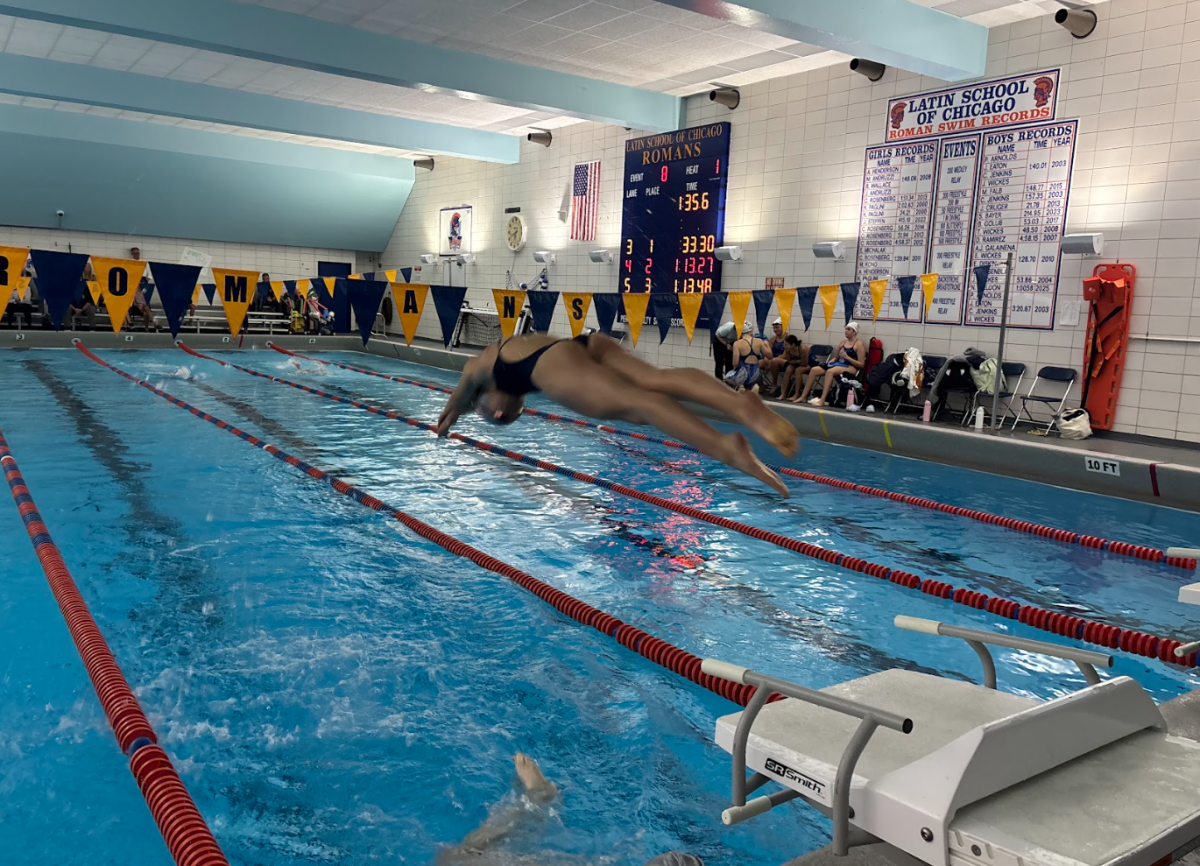Will Slater It is easy to say that art can’t be fairly graded, to sit back and claim that it is too subjective, too creative to be judged by a teacher. It could even be said that students come in with different skill levels, and thus cannot be held to the same standards. All of these complaints are illegitimate, based only on student frustration. The proponents of eliminating skill-based grading offer two main solutions, the first of which would be to grade by effort. This is nice in theory, but ridiculous in practice. How does one go about grading for effort? A teacher can’t base this grade off time spent on the work, because different students take different amounts of time to complete the same project. In visual arts classes other than Global Cities, we very often aren’t even working off the same prompt, meaning extra hours put in are a useless indicator. Perhaps, then, we could be graded off our ambition and the relative difficulty of a chosen project. This arguments falls under the same confusion as the previous paragraph—without a result, what good is ambition? Just as important, doesn’t degree-of-difficulty grading create a system in which students are set up to fail? It could also be said that art classes should be pass or fail. This is an extension of the work ethic idea in that it forgets quality and focuses instead on enjoying the class and doing one’s best. This is an idealistic and false view of pass/fail classes. Should this system be put in place, quality and work rate would surely drop, for without an incentive students struggle. The other concern with this plan is that the implication would be that art is less important than the other core classes. With the required arts credits, clearly this is not Latin’s vision of the program, nor should it be. In a pass/fail system, the classes on teakes become solely for the credits and not to improve artistic ability or to engage one’s mind. Finally, it is popular to question what exactly makes art “good,” and wonder if the grades teachers give are arbitrary and based off of their own visions of successful art. However, students are given a rubric through which they are supposed to learn. It is here that we see how grading for art is no different than that of English (an art form in its own right) or any other class. We are given a list of skills to master and knowledge to obtain and are judged by our ability to achieve these goals, nothing more. Some people come in with greater abilities in math or more knowledge in history, but we are still held to the same standards. The bottom line is this: grading art based on quality makes sense because no other way does. Lauren Salzman Everyone is born with a different skill set; some just so happen to be good at art. For those who are not, you may have experienced anger and anxiety sitting in your art classes, constantly struggling to put forth an acceptable finished piece while sitting next to a kid who can draw a perfect replica of the Taj Mahal in less than thirty seconds. Some people just are not artistic, but the only way to improve is by putting forth effort, just like in a foreign language or gym class. For instance in middle school, we all had to run a timed mile once or twice a year. Our gym teacher saw some kids who were fully able to run a seven-minute mile walking the whole way. She made them run again. But those who were less athletic, but were wholeheartedly trying to finish the mile in under twelve minutes were commended for their hard work. Effort, not ability was the determining factor in how we were graded. Nothing is more subjective than art. As long as one puts forth a substantial, heartfelt effort, and follows the teacher’s guidelines, who are we to judge how good their final product is? “To grade art on quality is to grade art on creativity,” says sophomore Emma Weiss. Artists will typically have a statement describing ‘the how’ and ‘the why’ of one’s piece. If the thought behind the artist’s statement is noticeable and sparked a creative process, then regardless of execution that student should receive a good grade, a grade that is the same, if not higher, than a student who produces a ‘good’ piece of work but barely puts any effort into the piece and does not display creativity. Another important factor for any art class, especially at Latin, is improvement. If you show dedication to improvement, then you should be rewarded for your hard work. Somebody who comes into a class not knowing anything about art but pushes oneself to improve should be rewarded for the effort and dedication displayed. Some argue that art should not be graded at all, but knowing high school students and their tendencies to already view art as less important than other classes, quality and effort alike would decline. One could argue that art should be graded on quality because art is just like any other subject. In English, one will receive a poor grade if he submits a sub-par paper even if it’s been rewritten ten times. In history, despite some students having more background knowledge, one is not exempt from taking a test simply because one doesn’t know the dates of the Civil War. But some view art differently. Some grading systems reward people whose work ‘looks good’ according to the art teacher; however, when a student produces work that is inferior compared to others in the class, he is awarded a lower grade. If the artist is removed from the work itself, then the piece is solely graded on quality and not the effort put forth by the artist. That is not to say that people who have a natural talent should be penalized, but those to whom art does not come naturally should be rewarded for improvement. When grading any type of art, the student’s ability must always be attached to the artwork. Who do you agree with? Comment below! ]]>
Categories:
Room For Debate: Should Art Classes at Latin be Graded?
February 3, 2016
3
0
















































Ross • Feb 10, 2016 at 7:44 am
Lauren and Will, Great article. Thanks for thinking about this.
I see everyone as artistic and that everyone has ideas that can be expressed through visual representation. All of us vary in our skills. As a visual language, the visual arts like any other language can be expressed through a simple word, image or phrase. But to gain a level of expressive control, knowledge, and mastery of any language takes understanding of concepts, techniques, combined with practice, experience, and expressive creative application. Art is best learned through making art. We strive to give our students wings so they can fly. Our department is interested fostering creative expression and empowering students to be makers and creators and lovers of art not only consumers and critics.
Be focused on your own learning, work hard, trust your own ideas, find joy in making and use art to help you enjoy and understand the world. Be observant, raise questions and share your thoughts. Visual representation is one of the ways. Grades serve as guides in the learning process. Grades are motivational so are deadlines. For some students the “grade” guides them to strive for excellence. Most Latin School students are driven to learn and truly want to achieve excellence. Excellence in the art room requires the same commitment to learning and personal growth as excellence in any other discipline. Of course, art can be subjective but by setting a series of obtainable goals for each lesson we teach varying standards of mastery. Sometimes you want to just want to have fun and be carefree. I get it. Playing is delightful and also part of the art making experience. However, as a school our role is to teach and guide you to do and know more than you currently think you can. Why is any class graded? We grade so we can help you improve in your ability to communicate visually and to understand more about the wonderful work of art. Isn’t that what you REALLY want? Ms. Ross
lsalzman • Feb 4, 2016 at 1:19 pm
Dear Mr. Haverland,
Thank you so much for your thorough response! We both agree that the key to succeeding is to be a well rounded individual. We also appreciate the nuance of this subject, as one grading method alone fails to paint an honest picture of a student.
Thanks again for your thoughts.
Your favorite students,
Lauren and Will
dhaverland • Feb 3, 2016 at 9:43 pm
Will and Lauren-
I can’t say that either effort or talent alone could ever be the sole qualifier of a grade in an Art class. Equally, no solitary factor determines the overall grade in any course. Likewise, I agree that pass/fail does lower the standard of how a class is perceived- if one subject or department alone bears this stigma, performance and the incentive to do well would decline, and that department would be viewed as ‘less important’ or ‘not as serious’ as its academic counterparts. I would love to discuss the idea of changing the grading system in all subject areas, but that is a topic for another day.
Yes, sadly, some people just are not artistic. Others are not strong in math. Still others are not fluent in a foreign language. Is this a reason to just give up and say ‘since I can’t be the absolute best, I might as well not try at all.’ This is part of the uniqueness of individuals that allow us to admire those who have a greater ability to hold a note when singing, or for others to admire us for our immediate recall of every element on the Periodic Table. Ultimately, this is reason that we should all strive to be well-rounded individuals capable of seeing and understanding the relationships that link math, art, science, history, literature, athleticism, and languages spoken around the world. Breadth in the areas of knowledge and depth in the subjects that interest us most.
You two have both taken more than one art class with me, and as students who still continue to come into my room to visit I know that- regardless of grades, skill or talent- what we have worked on together has made you better artists, better students, better people, all of which has helped you to write a terrific article that tackles two difficult sides of a challenging argument.